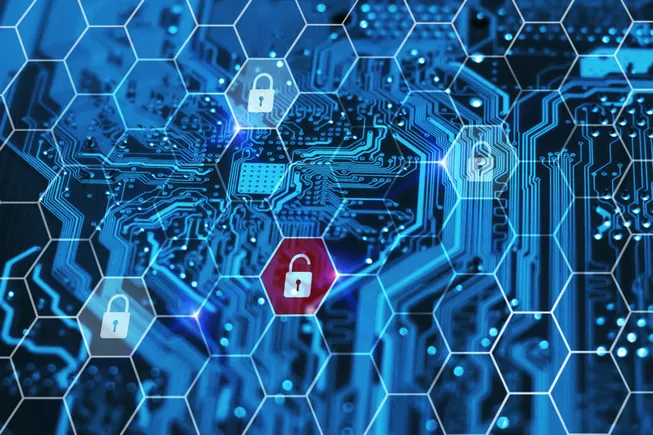Fast Facts
-
Investigation Initiated: SonicWall is probing a surge in attacks on its Gen 7 firewalls, suspecting a potential zero-day vulnerability or an exploitation of existing flaws.
-
Ransomware Threat: Recent attacks, noted by Arctic Wolf, involve the Akira ransomware and have resulted in hackers bypassing multi-factor authentication on patched devices.
-
Evidence of Vulnerability: Huntress researchers suggest a zero-day vulnerability, having observed around 20 attacks since late July specifically targeting SonicWall’s SSLVPN-enabled TZ and NSA firewalls.
- Safety Recommendations: SonicWall advises customers to disable SSLVPN services when possible, enforce multifactor authentication, and regularly update passwords to mitigate risks.
Investigating Firewall Attacks
SonicWall recently announced its investigation into a surge of firewall attacks. These attacks specifically target their Gen 7 firewalls. The company is considering whether a possible zero-day vulnerability or an existing flaw might be at play. Reports from cybersecurity researchers highlight an uptick in hands-on-keyboard activity linked to these incidents. This increase follows an alarming report about the Akira ransomware variant. Such developments raise significant concerns in the cybersecurity landscape.
Furthermore, SonicWall emphasizes the seriousness of the matter. The ongoing attacks resemble earlier vulnerabilities, such as CVE-2024-40766, which dealt with improper access control. Researchers from Huntress support the idea of a zero-day vulnerability, noting approximately 20 incidents since late July. They express moderate to high confidence in their assessment. The implications of these attacks could affect many organizations if left unchecked.
Practical Steps for Protection
In light of these security threats, SonicWall urges customers to take immediate action. First, disabling SSLVPN services when feasible could mitigate risks. Secondly, enforcing multifactor authentication helps add a layer of security. Additionally, organizations should adopt measures like botnet filtering and Geo-IP filtering. Regularly updating passwords and deleting unused accounts also enhances safety.
Experts have documented incidents across various organizations, primarily in the U.S., but the threat is likely more widespread. Addressing these vulnerabilities remains essential for safeguarding sensitive information. As cybersecurity evolves, understanding potential risks becomes vital for businesses and individuals alike. Taking proactive measures not only protects assets but fosters a more secure digital environment for everyone.
Stay Ahead with the Latest Tech Trends
Stay informed on the revolutionary breakthroughs in Quantum Computing research.
Discover archived knowledge and digital history on the Internet Archive.
Cybersecurity-V1

